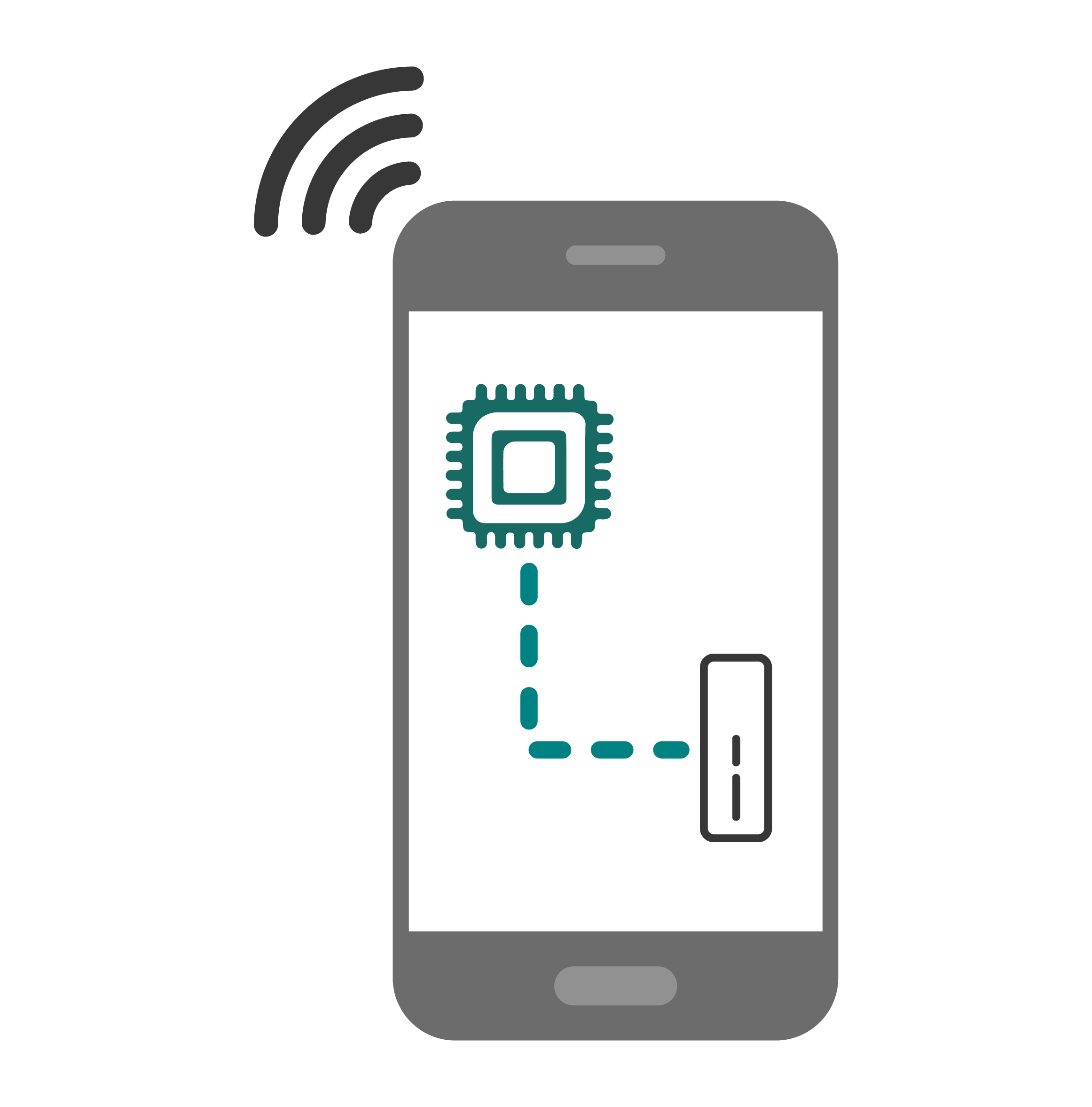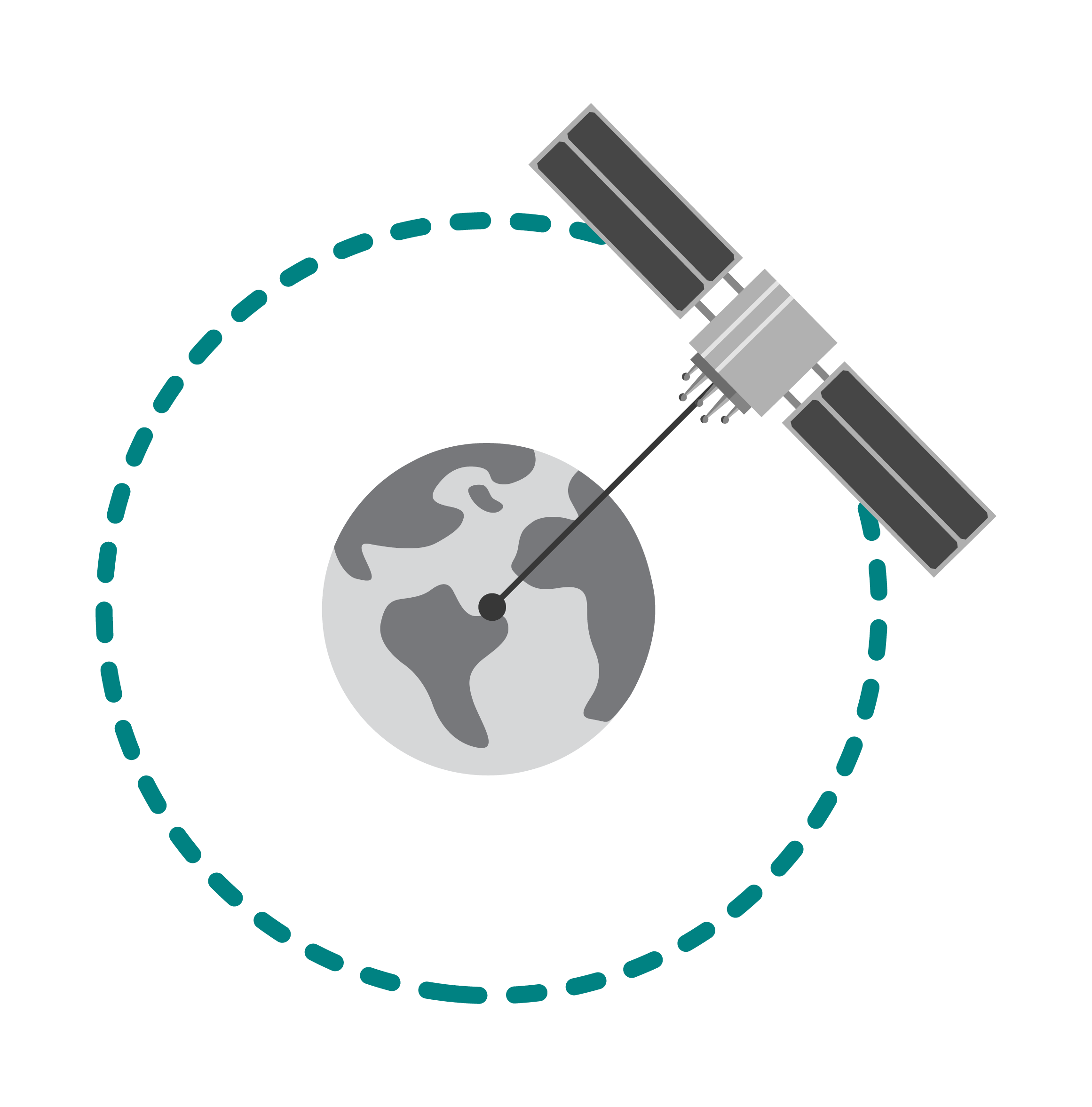Rx Blog
The Currency of Corrections

During the CES 2021 keynote, Verizon CEO Hans Vestberg discussed the eight currencies of Verizon’s 5G network vision. He touched on throughput and service deployment, mobility and connected devices, latency and data volume, and energy efficiency and reliability. This list struck a chord with Rx Networks. In the world of GNSS corrections there are many parallels and, considering that devices now require location awareness, they need corrections to achieve that awareness. Therefore, it begs the question: What are the currencies of GNSS corrections?
Accuracy potential
On the data sheet of most if not all GNSS receivers, accuracy specifications are listed for the different types of corrections streams that can be served to the receiver. The single point, or autonomous no correction solution, is roughly 1m and improves with a corresponding correction type, implying that every GNSS receiver needs to have corrections to achieve its true accuracy potential. Accuracy is really up to how the correction is applied in the positioning engine, whether it be in the cloud, edge or onboard, calculating a latitude Longitude and height. The receiver needs to be connected to a correction source.
Convergence time
This currency is two dimensional, as it refers to an acceptable accuracy within a certain amount of time. The extremities of these two dimensions go from having a very inaccurate position instantly to converging to 1cm solution in hours. As a note RTK does solve the negatives of both of these extremes, but scalability then becomes an issue. (More on that later.) For now time and accuracy are a trade off, sacrificing one for the other.
Bandwidth constraints
Two main points here. First, corrections need to be delivered through telecommunications equipment and, secondly, very few devices have unlimited connectivity and computing horsepower to process corrections. For some applications, the complete corrections package is broken up into the essentials for the application to ensure delivery. A complete corrections package will cover every conceivable source of error when determining the distance between a GNSS antenna and satellite. Innovations in satellite tracking, GNSS signal integrity and the growing number of constellations put further pressure on telecommunications throughput to deliver this growing package of corrections and assistance data.
Coverage, Reference Network Density and Scalability
This currency is all about the number of receivers in any given area being served the corrections they require. In the smallest network case, a surveyor GNSS RTK base station has a dedicated radio modem connection to a rover, where the distance between the two is never greater than 3km in order to achieve a 1cm accurate position. Here’s where scalability enters the equation. While this network case achieves accuracy instantly, it becomes the antithesis of scalability just as quickly. With the rapidly growing number of users needing accurate positioning, there is a requirement for these GNSS reference networks to become denser over an area. The more dense the network, the better accuracy you will achieve when locating within the proximity of that reference station network.
Compatibility
The diversity of applications along the location dimension are growing exponentially. With diversity comes integration and transformation work to deliver the applied location solution to market. Proprietary formats may add extra value above the traditional universal corrections formats and further benefits can be experienced when served into a receiver and/or positioning engine.
Reliability
Reliability is most simply defined as being there the moment you need it. This is particularly important in a deployed scenario where redundancy, response time, and resilience are key pillars of reliability. As the saying goes, two is one and one is none, alluding to the criticality of relying on a single system. Resilience refers to the network's ability to continually deliver through adverse events. Response and repair time for when the system goes through an unforeseen adversity. And 99.999% is the typical requirement for carrier grade service level agreements, where penalties are often stipulated for failure to deliver.
Every positioning application will determine some corrections currencies to be more valuable than others. It is a matter of finding balance for those applications. When evaluating a corrections provider, identifying a demonstrable track record and their protocols for delivering on the corrections currencies discussed here would make for a great start to a thorough review.

